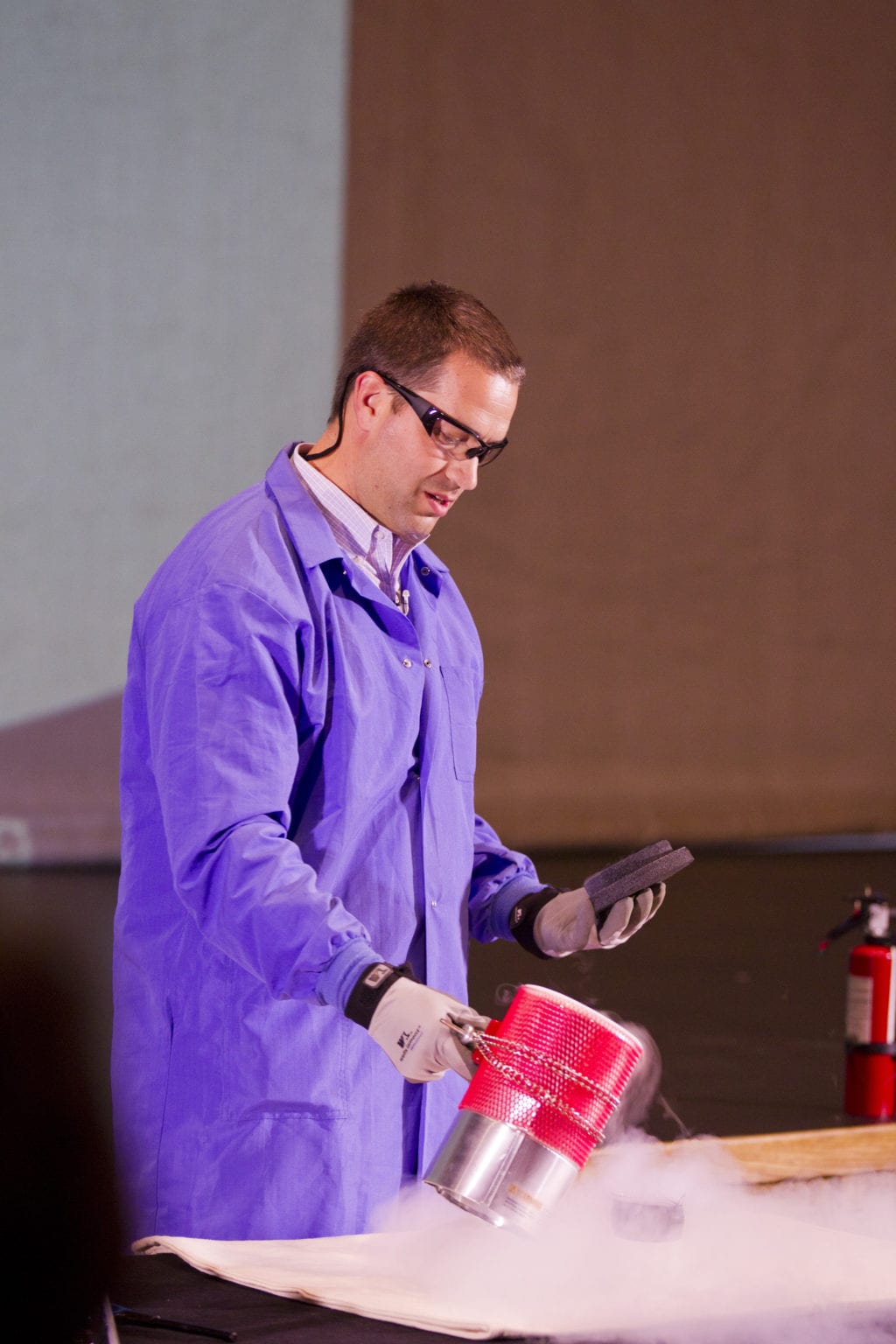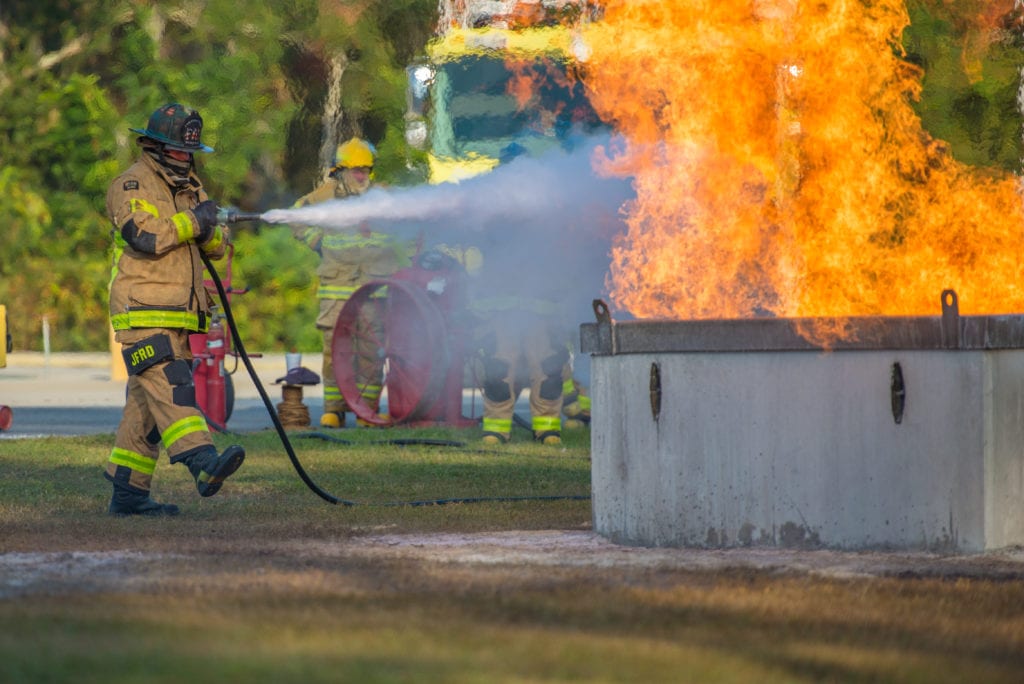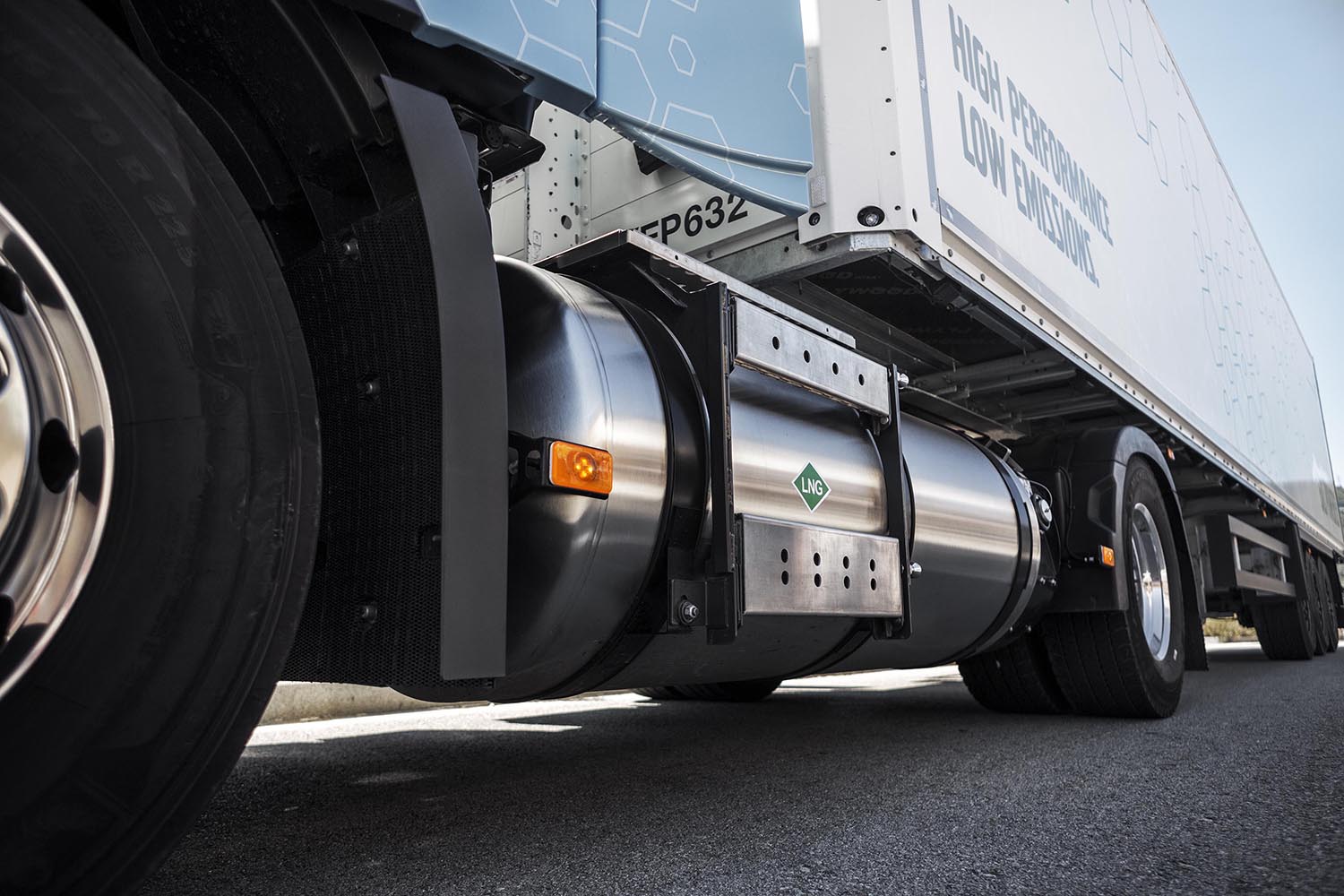The world is awash in LNG as more countries, particularly in Asia and Europe, seek to replace coal and nuclear power plants with electricity generated by cleaner burning natural gas. The move to natural gas is particularly evident in China and India, where rapid development and industrialization have contributed to not only rising standards of living, but to urban air pollution responsible for killing millions of people in the world’s most populous nations every year.
In the meantime, natural gas production in Australia, Canada, and the United States has expanded dramatically, as has the pressure to find robust markets for this surplus gas. Replacing dirty coal in Asia and Europe’s power plants presents a steadily expanding market for a cleaner fuel source. Produced abroad, natural gas is delivered to a growing global customer base as LNG.
In some parts of the world, the development, construction, and operation of LNG export or import terminals is simply a matter of willing a project to completion. Most countries, particularly those in North Africa or the Middle East that produce surplus natural gas exported to willing buyers overseas, or in China—the fastest growing single market for the importation of LNG—are not required to contend with reluctant local communities or submit proposed projects to a public approval process that could either affirm or kill their multi-billion-dollar ventures. Yet, seeking and securing public support for an LNG project in the U.S. or Canada, even one as small and seemingly innocuous as a local LNG fueling station for natural gas trucks or buses, is imperative. This is why, to successfully develop a project, and for the LNG industry to grow in North America, in-person stakeholder engagement, LNG training, and LNG education has proven essential.
To successfully develop a project, and for the LNG industry to grow in North America, in-person stakeholder engagement, LNG training, and LNG education has proven essential.
Gaining Public Support for LNG Projects
As those who have experience with LNG project development in North America can attest, it is no small feat to shepherd an LNG project through the permitting process. The larger the project, the more challenging, complex, costly, and onerous the proceedings. For LNG import or export terminals, there are dozens of local, state/provincial, and federal agencies from which the developer must secure approvals. Most of these permits require public input, often in the form of public meetings or hearings before a board, commission, or agency that will rule on an application. Securing the necessary approvals to advance a project can take years and tens of millions of dollars, if not hundreds of millions. As an affirmative on each permit is required for the project to progress, generating public support and/or neutralizing opposition is essential in order for an LNG project to advance.
What Fuels LNG Opponents
Opponents of LNG projects usually can be divided into a few categories—those that are ideologically opposed to continued fossil fuel production and its use, and locals who oppose nearby industrial activity. The latter category of opponents is often characterized as NIMBY (Not In My Back Yard) or BANANAs (Build Absolutely Nothing Anywhere Near Anyone). Nearly all opponents are driven by fear—fear of what the facility may mean for their property values, their businesses, or their safety, or fear of what the production and use of natural gas may do to the environment. In virtually every LNG project that our company has been associated with, fear is the primary basis for opposition. Sometimes these fears are simply based upon an honest lack of awareness about the true facts of the project, and/or the physical properties of natural gas and LNG. However, in other cases, fear is used in combination with distorted facts as a tactic by which to oppose LNG development efforts.
The LNG Myths that Still Persist
Misinformation regarding how LNG behaves as a fuel has resulted in the spread of persistent and inaccurate myths about its safety. A consistent talking point of anti-LNG advocates has been the comparison of an LNG fire with the force of as many as 55 Hiroshima bombs (i.e. nuclear explosions). The intended effect of such statements is to incite fear and pause among community members. The hope is to solicit a collective feeling of, “My gosh… we don’t want this stuff anywhere near our community.” While this can be effective in obtaining such a reaction, the comparison is factually incorrect and does not respect the physics of natural gas and how energy is released.
Misinformation regarding how LNG behaves as a fuel has resulted in the spread of persistent and inaccurate myths about its safety.
Unlike a bomb, where there is a designed instantaneous release of a large amount of energy, those in the LNG industry understand that such an event is not possible with natural gas when stored and/or transported in the outdoor environment. By conflating the rate of energy release of LNG with the rate of energy release of an atomic bomb, the false myth that an LNG tank (or tanker) fire could cause the same powerful blast, heat, and radiation as an atomic bomb has continued to spread fear and prolong inaccuracies. What is true, though, is that an LNG tanker carries significantly more energy than an atomic bomb, so too does a ship full of lumber.
A Simple and Effective Tool
In explaining the inaccuracies and differences—and ultimately why LNG will not “go boom”—the table-top LNG demonstration is an extraordinarily effective tool. Combined with videos of larger scale LNG burn pits, the in-person demonstration can show an audience first-hand the true physics and behaviors of LNG, and what it will and what it will not do under various conditions.
In explaining the inaccuracies and differences, the table-top LNG demonstration is an extraordinarily effective tool.
The visual image of a floating cloud of fire resulting from an LNG release also goes against the principles of how natural gas behaves as a fuel. It is a common misbelief that when methane is ignited, it detonates violently. Again, table-top and burn pit demonstrations both provide excellent opportunities to show how an ignited natural gas vapor cloud cannot detonate in an unconfined or unenclosed area, such as the open air surrounding the LNG tanker or storage facility. As we have seen time and time again, one of the best ways to dispel persistent myths like these, and to allay the fears of concerned communities, is to simply bring LNG into the room and let people see and experience what LNG really is and how it really behaves.
Stakeholder engagement through LNG demonstrations are among the best methods to quash myths about LNG and to appropriately and properly frame how LNG can be safely handled, stored, and transported. Such demonstrations, coupled with LNG training for first responders and key public officials, help to alleviate unreasonable anxieties about LNG, provide assurance that LNG does not behave as its detractors claim, and can deliver tools to these key constituencies that enable them to properly prepare for unusual event scenarios.

The Key to Successful Demonstrations
An ideal tool to familiarize most audiences with LNG is a tabletop demonstration. Such a demonstration does require considerable training and, to be effective, must be performed by someone well-versed in LNG, its properties, and how it behaves as a fuel. For an LNG demonstration to resonate, the person conducting the demonstration must not only appear comfortable handling LNG but be comfortable handling LNG.
An ideal tool to familiarize most audiences with LNG is a tabletop demonstration.
Critical to a successful live demonstration is for the demonstrator to both show and discuss proper respect for the fuel. It is important to share both the risks and the benefits of LNG, giving each appropriate weight and context. The demonstrators must not suggest that LNG is harmless, but openly and truthfully address that both respect and caution are necessary when handling any fuel or energy source, including LNG.
In our experience, there is no better teaching tool than bringing LNG into the “classroom” and showing concerned citizens exactly what it is as well as what it is not. First, LNG is a cryogenic liquid, which means that a person is much more likely to be “burned” by being splatted with the frozen liquid than by a flame. Appropriate PPE (personal protective equipment) designed for handling cryogenic liquids are essential, as is being transparent about why these precautions are necessary.
LNG demonstrations produce memorable images when experienced in person. The knowledge that these demonstrations convey is more powerful and more effective at combating fear than any white paper, pamphlet, or video.

Customizing Training for First Responders
For first responders, it is useful to be much more demonstrative. Firefighter training facilities are ideal locations to demonstrate the true nature of LNG to first responders. One of the most powerful tools is a burn pit. There, larger volumes of LNG can be used in various training scenarios, including a variety of live fire exercises. Whereas the LNG will not burn, as it boils, the vapor above the pit can ignite under the right conditions (an air to methane ratio of 5 to 15%). These fires are easily suffocated using a basic hand held fire extinguisher. In addition, LNG rapidly dissipates in ambient air at normal temperatures, leaving no trace other than some ice crystals where moisture may have come into contact with the cryogenic liquid. It is our experience that once first responders are shown the actual behavior of LNG, they are significantly more comfortable with the fuel and the project being proposed in their jurisdiction. A very common reaction from first responders has been, “I’d rather have that [LNG] than gasoline or diesel.” Such reactions—following live demonstrations and training exercises—are invaluable for project proponents.
It is our experience that once first responders are shown the actual behavior of LNG, they are significantly more comfortable with the fuel and the project being proposed in their jurisdiction.
The one Thing Audiences Always Walk Away With
Gladstein, Neandross & Associates has conducted hundreds of live tabletop demonstrations and first responder trainings with LNG in communities across the U.S. and Canada. Prior to almost all of these demonstrations, the audience was either skeptical or openly hostile to the notion about an LNG facility being introduced to their community. After nearly all of these demonstrations, audience members would walk away incredulously shaking their heads—amazed that they learned so much and that many of their fears had been dispelled.
Just as critical as the demonstration itself, is coming to the demonstration armed with facts. The unspoken rule of our LNG demonstrations is we will not leave the room until the audience has exhausted their questions. We are always the last to leave the room. Audiences sense when a speaker has nothing to hide, and complete transparency is a necessary and valuable ally for LNG proponents.



